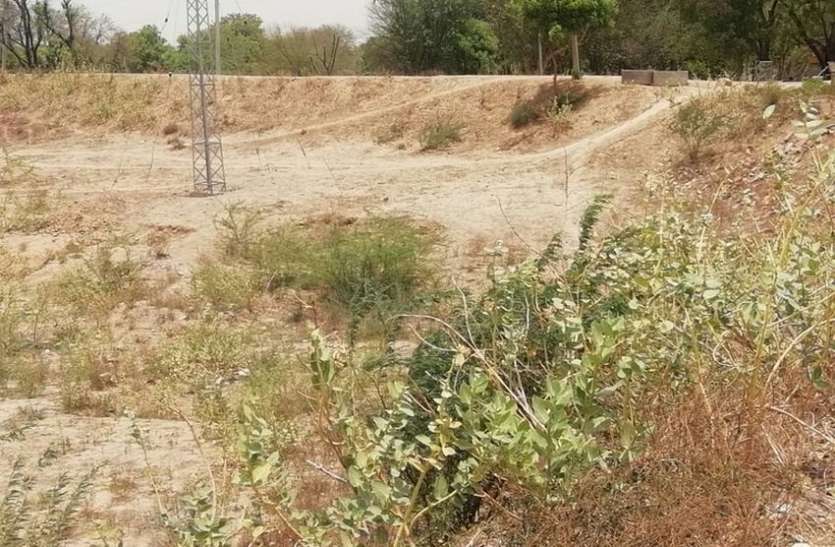
The top of the SWD is about 12 m above the river channel bed at the highest section and extends to ~150-200 m inland ward from the present bank. The best exposures of slackwater deposits in the Mahi River basin comprises sediments deposited during four distinct flood events (Fig. However, the carbonate enriched Pleistocene sediments which occur as 30-40 m high cliffs behave like resistant flow boundaries unlike most of the other alluvial channels and do not allow the frequent shifting of banks over broad range of flow conditions. An increase in flood discharge produces only a small increase in stage for overbank flow in alluvial channels. The factor of channel stability is significant as far as the palaeoflood studies are concerned. 2) much inland at elevations of upto 20 m above the river level and are well protected from the annual flooding of the channel as well as any other minor flood events since their deposition. The deeply incised ravines at the meander bends in the alluvial reaches have preserved sizeable sequences of slackwater deposits (Fig. Extensive slackwater deposits have been found in the ravines that open up almost perpendicular to the main channel. This effect coupled with eddies that form at the meander bends probably explains the deposition of slackwater sediments at these sites.

Also, the ravine openings into the main stream result in a local widening of the channel leading to a sudden drop in the flow velocity. The dissections in these ravines provide an ideal site for back flooding of the floodwater from the main channel and accumulation of slackwater sediments (Fig. The alluvial Mahi River of semi arid western India (Fig.1a, b) however is peculiar with deeply incised ravines occurring on either bank at the meander bends. In an alluvial terrain however, such conditions seldom prevail and hence the slackwater sediments are not well preserved so as to give significant palaeohydrological inferences. The local hydraulic conditions at these sites result into a drop in the flow velocity and deposit flood sediments. The ideal sites of deposition and subsequent preservation of slackwater deposits are the tributary mouths, channel-margin alcoves, caves and rock shelter deposits.

Unconsolidated sands and silts that accumulate relatively rapidly from suspension during major floods, particularly where flow boundaries result in markedly reduced local flow velocities are described as slackwater deposits.įor palaeoflood studies, a slackwater sedimentation site should be optimum for both the accumulation and preservation of the relatively fine-grained sediments carried high in flood flows at maximum stage. The infrequent high magnitude flood events are commonly reconstructed using slackwater deposits.

The resulting hydrological changes in a river basin are largely associated to the flooding events and can be best inferred from the existing sediment records. However, since the formation of the present day river valleys during the early Holocene, the sedimentation has been predominantly fluvial, in response to the variations in the climatic conditions and related south west monsoon regime. A major bulk of these sediments has been deposited during the late Pleistocene under climatic and tectonic controls. The river basins of western India are characterized by colossal deposits of marine, fluvial and aeolian origin.


 0 kommentar(er)
0 kommentar(er)
